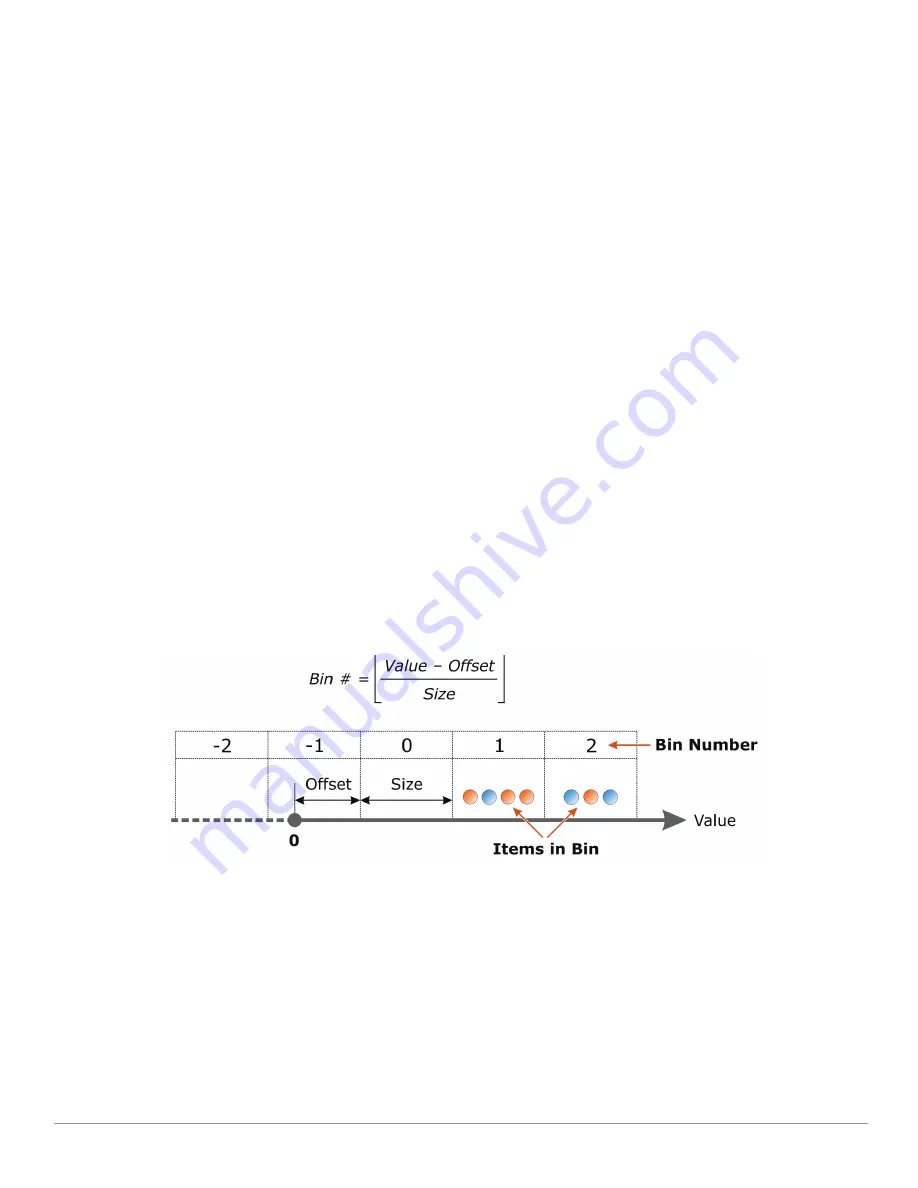
ClearPass Guest 3.9 | Deployment Guide
Report Management |
325
Data Sources
The available data sources are:
Local RADIUS Accounting
– Accounting traffic consists of summary information about visitor
sessions, reported by NAS devices to the application. In the RADIUS Accounting data source, each data
record corresponds to a single visitor session. The data record contains information such as the start
and stop times for the session, the NAS IP address, client IP address and MAC address, and statistics
such as the total amount of input and output traffic and the length of the session.
Local Visitor Accounts
– In this data source, each data record corresponds to a single visitor account.
The data record contains all the fields defined for the visitor account, including standard fields such as
username, role, and expiration time, as well as any custom fields that have been defined
(
See
“Customization of Fields”
in the Guest Management chapter).
Binning
Binning
is a classification method that converts a continuous measurement into a discrete measurement.
For example, converting a time measurement into a date is a ‘bin’ classification, because all time
measurements that are made on any particular date will fall into the same ‘bin’ when this classification is
applied.
Binning can only be applied to numerical values, such as time measurements, traffic measurements, or the
duration of a user’s session, where the range of possible values is potentially unlimited.
Classifying into bins is achieved by calculating a
bin number
for each item of data. The bin number is a
calculation that results in related items of data being collected together. Related pieces of information may
have slightly different values (for example, time measurements) but they are considered to be sufficiently
the same to be placed in the same bin.
Bin numbers do not need to be consecutive numbers.
The formula used to calculate the bin number is shown in the diagram below.
Figure 41
Bin number calculation
Bin classifications may be created using the report editor.
See
“Groups”
in this chapter for a list of the
available bin classification methods.
Binning Example – Time Measurements
The following diagram explains how to derive the offset for time bins into days, based on being west of
GMT.
Reporting uses seconds as the time measurement. Therefore, as there are 3600 seconds in an hour, GMT – 8
makes the offset 28800 (3600 * 8).
Summary of Contents for ClearPass Guest 3.9
Page 1: ...ClearPass Guest 3 9 Deployment Guide ...
Page 32: ...32 Management Overview ClearPass Guest 3 9 Deployment Guide ...
Page 178: ...178 RADIUS Services ClearPass Guest 3 9 Deployment Guide ...
Page 316: ...316 Guest Management ClearPass Guest 3 9 Deployment Guide ...
Page 410: ...410 Administrator Tasks ClearPass Guest 3 9 Deployment Guide ...
Page 414: ...414 Administrator Tasks ClearPass Guest 3 9 Deployment Guide ...
Page 423: ...ClearPass Guest 3 9 Deployment Guide Hotspot Manager 423 ...
Page 440: ...440 High Availability Services ClearPass Guest 3 9 Deployment Guide ...
Page 518: ...518 Index ClearPass Guest 3 9 Deployment Guide ...
















































